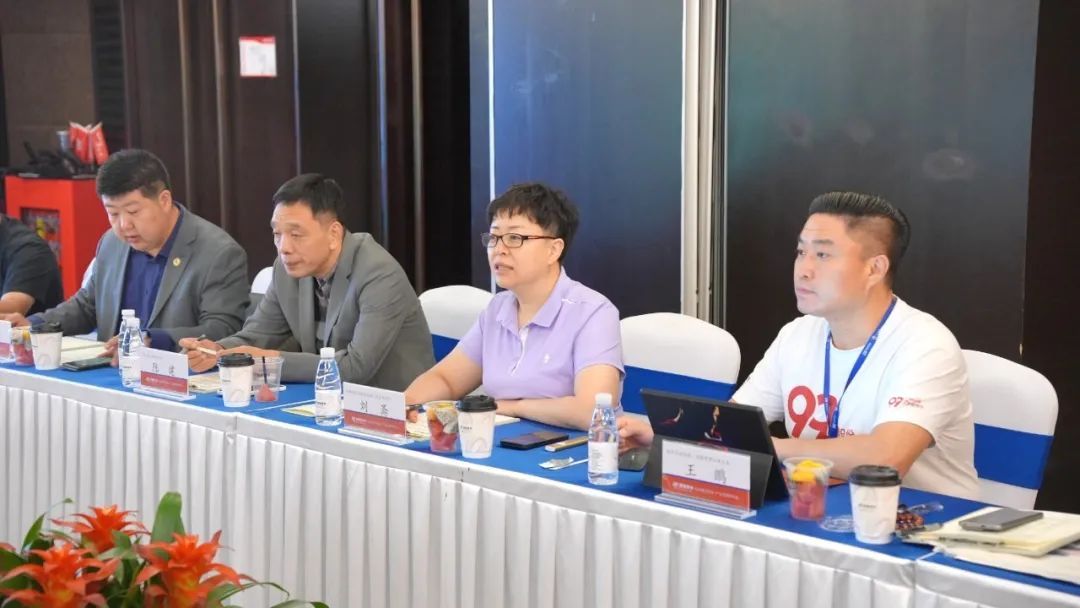تطور PVC
ä½ä¸ºä¸çä¸åºç¨èå´æ广ï¼äº§éæ大çå·¥ä¸åææ-pvc, ä½ æå¿ è¦äºè§£ä¸ä¸PVCçåå±åç¨ã
As the most widely used and most productive industrial raw material PVC in the world, it is necessary for you to understand the development history of PVC.
èæ°¯ä¹ç¯æ©å¨1835年就为V.å尼奥åç°ï¼ç¨æ¥å ç §å°æ°¯ä¹ç¯æ¶çæä¸ç§ç½è²åºä½ï¼å³èæ°¯ä¹ç¯ã
PVC was discovered by V. Lenio in 1835. it generates a white solid, when vinyl chloride shined by sun, it is PVC.
PVCå¨19ä¸çºªè¢«åç°è¿ä¸¤æ¬¡ï¼ä¸æ¬¡æ¯Henri Victor Regnaultå¨1835å¹´ï¼å¦ä¸æ¬¡æ¯Eugen Baumannå¨1872å¹´åç°çã20ä¸çºªåï¼ä¿å½åå¦å®¶Ivan Ostromislenskyåå¾·å½Griesheim-Elektronå ¬å¸çåå¦å®¶Fritz Klatteåæ¶å°è¯å°PVCç¨äºåä¸ç¨éï¼ä½å°é¾çæ¯å¦ä½å å·¥è¿ç§å硬çï¼èæ§ççææã
PVC was discovered twice in the 19th century, once in 1835 by Henri Victor Regnault and the other in 1872 by Eugen Baumann. At the beginning of the 20th century, Russian chemist Ivan Ostromislensky and German chemist Fritz Klatte of Griesheim Elektron Company tried to use PVC for business, but the difficulty was how to process this hard and brittle material.
1912å¹´ï¼å¾·å½äººFritz KlatteåæäºPVCï¼å¹¶å¨å¾·å½ç³è¯·äºä¸å©ï¼ä½æ¯å¨ä¸å©è¿æå没æè½å¤å¼ååºåéç产åã
In 1912, Fritz Klatte, a German, synthesized PVC and applied for a patent in Germany, but failed to develop a suitable product before the patent expired.
1926å¹´ï¼ç¾å½B.F. Goodrichå ¬å¸çWaldo SemonåæäºPVC并å¨ç¾å½ç³è¯·äºä¸å©ãWaldo SemonåB.F. Goodrich Companyå¨1926å¹´å¼åäºå©ç¨å å ¥åç§å©åå¡åPVCçæ¹æ³ï¼ä½¿å®æ为æ´æé§æ´æå å·¥çææ并å¾å¿«å¾å°å¹¿æ³çåä¸åºç¨ã
In 1926, Waldo Semon of B.F. Goodrich Company in the United States synthesized PVC and applied for a patent in the United States. Waldo Semon and B.F. Goodrich Company developed a method of plasticizing PVC by adding various additives in 1926 to made pvc more flexible and easy to process, it quickly gained wide application in business.
PVCæ¯ä¸å年代åå®ç°å·¥ä¸åçãä»ä¸å年代起ï¼å¨å¾é¿çæ¶é´éï¼èæ°¯ä¹ç¯äº§éä¸ç´å¨ä¸çå¡æç¨éä¸å å± ç¬¬ä¸ä½ãå å年代åæï¼èä¹ç¯å代äºèæ°¯ä¹ç¯ãç°èæ°¯ä¹ç¯å¡æè½éå± ç¬¬äºä½ï¼ä½äº§éä»å å¡ææ»äº§éçååä¹ä¸ä»¥ä¸ã
PVC was industrialized in the early 1930s. Since the 1930s, for a long time, the output of PVC has been ranking first in the world plastic consumption. In the late 1960s, polyethylene replaced PVC. Although PVC plastics now rank the second, its output still accounts for more than a quarter of the total plastic output.

ä½å¨ä¸å年代ä¸æï¼äººä»¬è®¤è¯å°èæ°¯ä¹ç¯æ èåå¶åä¸æ®ççåä½æ°¯ä¹ç¯ï¼VCMï¼æ¯ä¸ç§ä¸¥éçè´çç©è´¨ï¼æ çå¨ä¸å®ç¨åº¦ä¼å½±åèæ°¯ä¹ç¯çåå±ãä¸è¿äººä»¬å·²æåå°éè¿æ±½è½¦çéå¾éä½æ®ççVCMï¼ä½¿èæ°¯ä¹ç¯æ èä¸VCMä¼å«éå°äº10ppmï¼è¾¾å°å«ç级æ èè¦æ±ï¼æ©å¤§äºèæ°¯ä¹ç¯çåºç¨èå´ãçè³å¯ä½¿æ èä¸çVCMå«éå°äº5ppmï¼å å·¥åæ®ççVCMæå°ã对人ä½åºæ¬æ 害ï¼å¯ç¨ä½é£åè¯å è£ åå¿ç«¥ç©å ·çã
ومع ذلك ، في منتصف السبعينيات ، أدرك الناس أن المونومر المتبقي. كلوريد الفينيل (VCM) في راتنج PVC والمنتجات هي مادة يمكن أن تؤدي إلى في السرطان ، والتي من شأنها أن تؤثر بلا شك على تطوير PVC.ولكن، فإنه نجحت في تقليل VCM المتبقية من خلال السيارات والوسائل الأخرى ، لذلك أن محتوى VCM في راتنج PVC أقل من 10ppm ، وتلبية المتطلبات من راتنج الصف الصحي، وتوسيع نطاق تطبيق PVC.ويمكن أن حتى جعل محتوى VCM في الراتنج أقل من 5ppm ، و VCM المتبقية بعد المعالجة قليلة جدا.إنها غير ضارة بالإنسان ويمكن أن تكون تستخدم كغليف للأغذية والأدوية ولعب الأطفال.
 ييهوا العلامة التجارية PVC الراتنج مسحوق SG-5 نوع
ييهوا العلامة التجارية PVC الراتنج مسحوق SG-5 نوع















